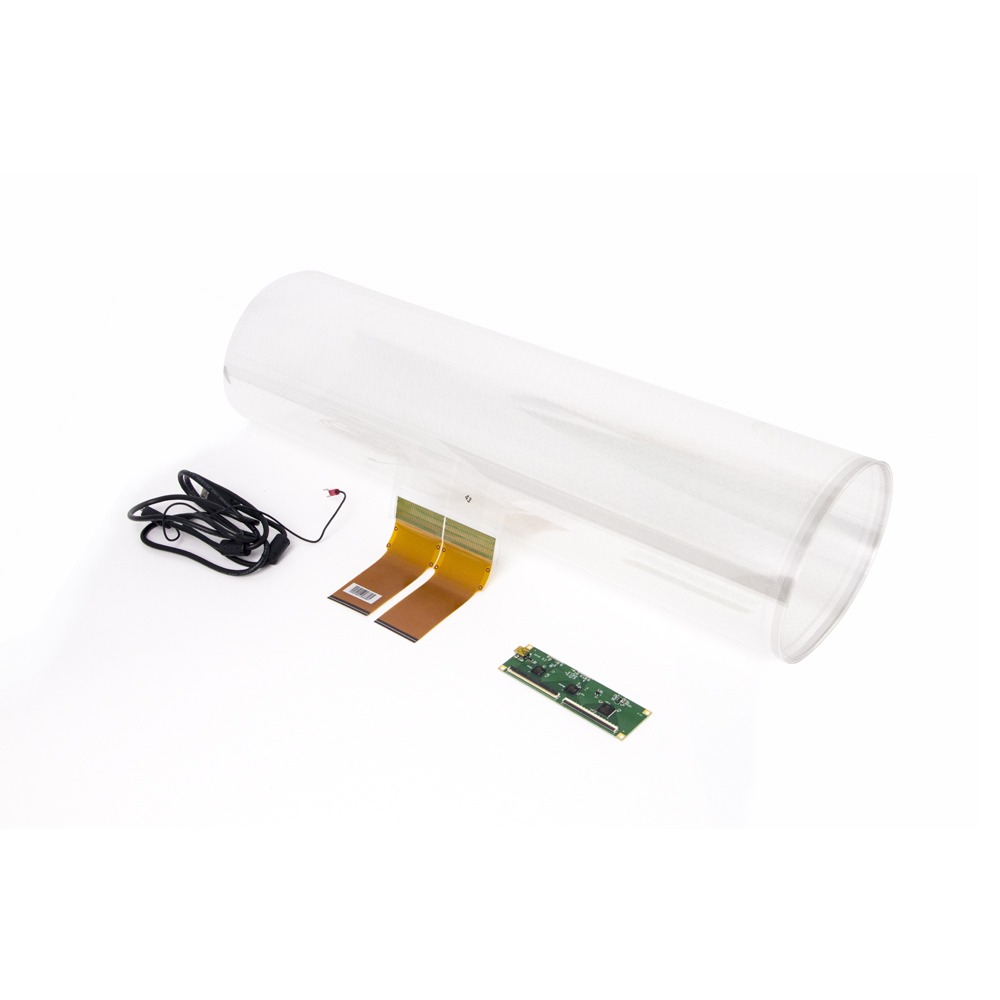In an era where interactivity is a cornerstone of technology, touch foils are emerging as a game-changer. These innovative devices transform any glass surface into a responsive touchscreen, opening up a world of possibilities for various applications. From retail and corporate environments to public installations and home automation, touch foils are reshaping how we interact with digital content.
What are Touch Foils?
Touch foils, also known as touch film or interactive foil, are ultra-thin, transparent layers embedded with touch-sensitive technology. They can be easily applied to glass, acrylic, or other non-metallic surfaces, converting them into interactive displays. These foils work by sensing the touch of a finger or a stylus through capacitive or resistive touch technology.
How Do They Work?
Touch foils typically utilize projected capacitive (PCAP) technology, similar to what is found in modern smartphones and tablets. Here’s a simplified breakdown of their operation:
- Electrode Grid: A matrix of transparent conductive electrodes is embedded within the foil.
- Electrical Field: When the foil is powered, an electrical field is projected through the glass.
- Touch Detection: When a finger or conductive object comes into proximity with the surface, it distorts the electrical field, which is then detected by the controller.
- Processing: The controller processes the touch data, determining the exact location and translating it into interactive commands.
Applications of Touch Foils
The versatility of touch foils makes them suitable for a broad range of applications:
1. Retail Displays
- Interactive Windows: Retailers can transform their shop windows into interactive displays, engaging customers even after hours. Shoppers can browse products, check prices, or even make purchases through the window.
- Product Information: Touch-enabled displays provide detailed product information, enhancing the shopping experience and increasing customer engagement.
2. Corporate Settings
- Meeting Rooms: Touch foils can convert standard glass walls into interactive whiteboards, facilitating dynamic presentations and collaborative work.
- Reception Areas: Interactive kiosks can be created to provide visitors with information, directories, or self-check-in options.
3. Public Installations
- Information Kiosks: In public places like museums, airports, and malls, touch foils can turn glass panels into informative touchscreens, offering wayfinding assistance and other interactive services.
- Advertising: Digital signage with touch capabilities can create engaging advertisements, allowing users to interact with promotional content.
4. Home Automation
- Smart Homes: Touch foils can be integrated into home automation systems, enabling control of lighting, security, and other smart home features through interactive panels.
Advantages
1. Flexibility and Versatility
- Touch foils can be customized to fit various sizes and shapes, making them adaptable to different surfaces and applications.
2. Transparency
- Their transparent nature ensures that they do not obstruct the view, maintaining the aesthetic integrity of the glass surfaces they are applied to.
3. Durability
- Designed to withstand heavy use, touch foils are robust and can function reliably in various environments, including outdoor settings.
4. Ease of Installation
- Installing touch foils is straightforward, often requiring just a few simple steps. This ease of installation minimizes downtime and disruption.
Future Prospects
As technology continues to advance, touch foils are likely to become even more prevalent and sophisticated. Future developments may include:
- Enhanced Sensitivity: Improvements in touch detection sensitivity will allow for more precise and responsive interactions.
- Multi-Touch Capabilities: Greater multi-touch functionality will enable complex gestures and interactions, similar to those on tablets and smartphones.
- Integration with Emerging Technologies: Touch foils may integrate with augmented reality (AR) and artificial intelligence (AI), creating more immersive and intelligent interactive experiences.
Conclusion
Touch foils represent a significant leap forward in interactive technology, offering unparalleled flexibility and a multitude of applications. By transforming ordinary glass surfaces into interactive touchscreens, they are redefining the way we engage with digital content in both public and private spaces. As this technology evolves, its impact will undoubtedly continue to grow, making touch foils an exciting frontier in the world of interactive displays.


